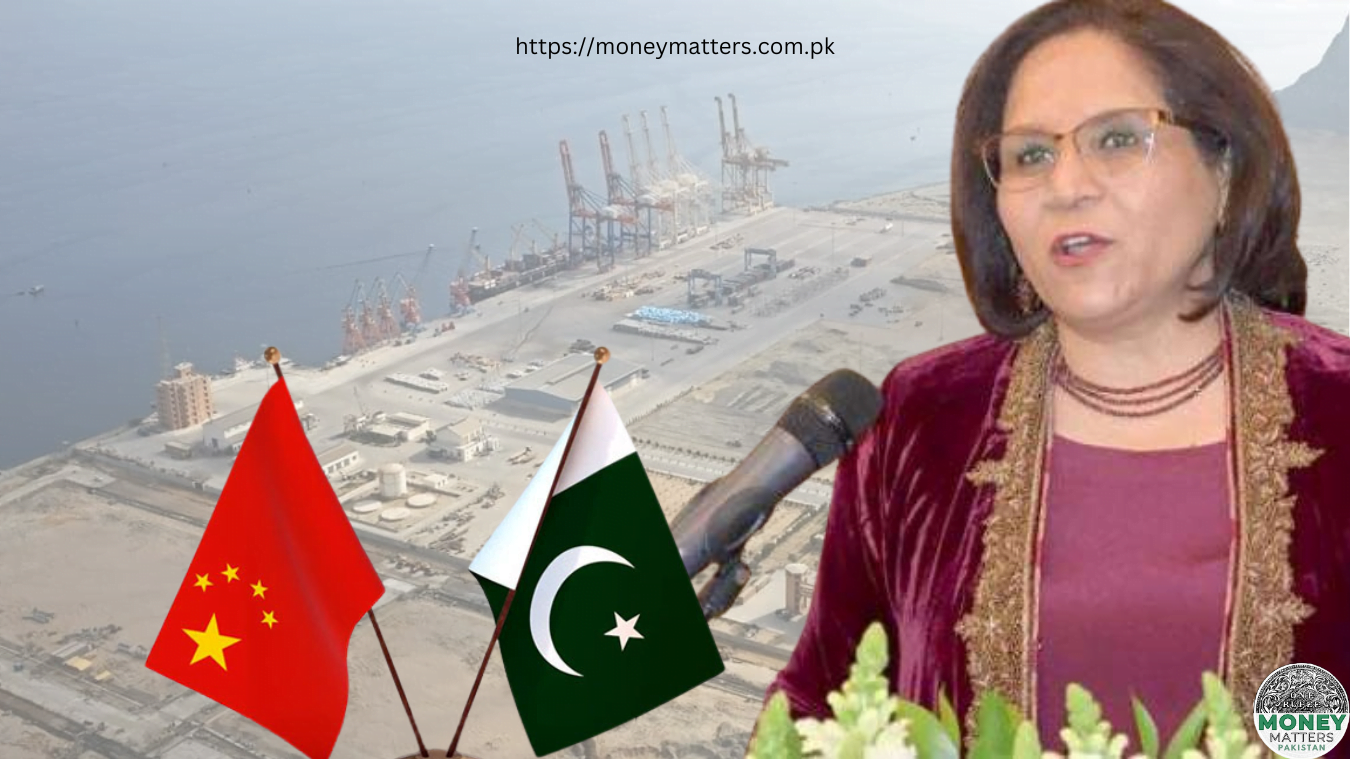Key Takeaways:
– CPEC is a strategic project under China’s Belt and Road Initiative (BRI).
– Significant investment has addressed Pakistan’s infrastructure and energy deficits.
– CPEC enhances regional connectivity, impacting trade and economic growth.
Naghmana A. Hashmi, Pakistan’s former Ambassador to China, has shared her insights on the transformative potential of the China-Pakistan Economic Corridor (CPEC). As a flagship project of China’s Belt and Road Initiative (BRI), CPEC holds immense strategic importance for Pakistan and the broader region. Despite facing numerous challenges, CPEC continues to reshape Pakistan’s economic infrastructure and deepen ties with China.
Hashmi emphasizes that CPEC is the only North-South Corridor among the BRI’s six proposed routes, extending over 3,000 kilometers from Gwadar Port to Xinjiang. This corridor provides China with a shorter and more secure trade route to key regions, bypassing the Strait of Malacca. She explains, “The strategic significance of CPEC has drawn both admiration and concern globally,” with Western nations viewing it as an extension of Chinese influence, while China and Pakistan see it as a partnership fostering regional connectivity and development.
Since its inception, CPEC has been a catalyst for Pakistan’s economic growth, addressing critical infrastructure and energy shortages. Hashmi notes that China’s nearly $35 billion investment has focused on energy projects, roads, ports, and special economic zones (SEZs). This investment has modernized Pakistan’s infrastructure and created thousands of jobs. “One of the notable achievements of CPEC has been the alleviation of Pakistan’s chronic energy crisis,” she states, citing projects like the Sahiwal and Port Qasim coal-fired power plants and various hydropower projects.
CPEC’s infrastructure development extends beyond energy, enhancing Pakistan’s connectivity both domestically and internationally. The development of SEZs in areas like Rashakai, Dhabeji, and Faisalabad aims to promote industrialization and attract foreign direct investment (FDI). Hashmi underscores that these efforts not only showcase Pakistan’s craftsmanship but also its potential for collaboration and partnership.
Hashmi also highlights the strong strategic partnership between China and Pakistan, bolstered by CPEC. The initiative has facilitated extensive people-to-people exchanges, cultural diplomacy, and educational collaborations, further strengthening bilateral relations. She remarks, “CPEC has the potential to reshape regional dynamics by integrating South Asia with Central Asia and the Middle East through enhanced trade and infrastructure connectivity.”
Despite its transformative potential, CPEC faces challenges and criticisms. Concerns over debt sustainability, environmental impact, and transparency have been raised. Hashmi acknowledges these issues, emphasizing the need for proactive measures to ensure CPEC’s benefits are inclusive and sustainable. Addressing these concerns is crucial for maintaining broad support and achieving the project’s full potential.
Looking ahead, Hashmi is optimistic about CPEC’s future. The second phase focuses on industrial cooperation, agriculture, science and technology, and digital infrastructure. Recent agreements between China and Pakistan signal a deeper commitment to mutual prosperity and regional stability. Initiatives like the Green Corridor and Livelihood-Enhancing Corridor underscore a focus on sustainable development and poverty alleviation.
In conclusion, CPEC represents a significant shift in China-Pakistan relations and regional cooperation. Despite challenges, CPEC has demonstrated its potential to transform Pakistan’s economy and strengthen bilateral ties. Hashmi believes that with mutual commitment and international collaboration, CPEC can pave the way for a shared future of prosperity, connectivity, and peace in the region.




